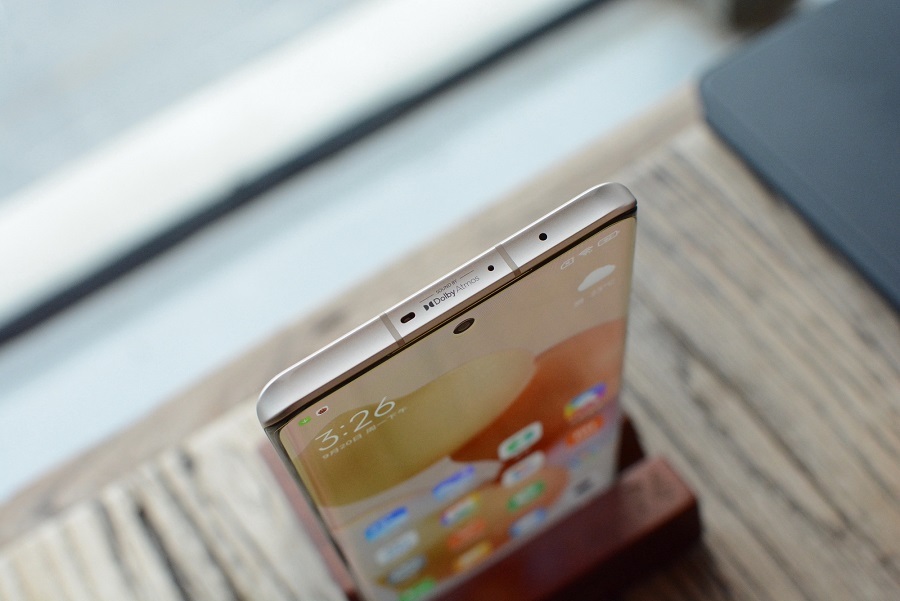In the early 2000s, the world of home television was evolving towards increasingly thinner and larger screens. Plasma TVs, and later LCD, have conquered living rooms around the world. However, these panels were very expensive to produce when the technology was first introduced, and CRT tube displays were a bit small for those who wanted a complete home theater. This is where rear projection or rear projection televisions come into play..
This concept took the virtues of traditional projection and connected directly to the TV cabinet, providing an all-in-one experience. Like this, projection from behind a translucent screenand through some mirrors the image was directed towards it, providing an effective method of having larger screens at home and at a lower price than the latest technologies on the market.
When plasma and LCD are not cheap solutions
In addition to home theater systems, this solution was also common in some bars or businesses that wanted to offer customers a large television system. And instead of projecting the image from the front, this is the most common form of projection, made from the back by integrating the projection into the TV cabinet itself.
Such televisions offered a flat, wide-ratio design, as this idea was often used when content was displayed on a large panel. It was one of the alternatives to plasma and LCD televisions.and until about 2005 it turned out to be the most profitable technology for screens up to 100 inches diagonal.
Video signal, television or cable antenna, computer, player, etc. may come from different sources such as Also, they were of different types. And according to the projection technology used, these may include a CRT, LCD or DLP projector.
Inside of a rear projection television. Image: Reddit
CRT is the system used in televisions of that time, that is, by superimposing the CRT tubes forming the image, and obtaining a color image. LCD projection, on the other hand, is somewhat more like what we know today, working through the light emitted by a lamp and passing through a prism or dichroic filters that separate it and direct it to three separate panels (red, green, blue). Finally, DLP projectors create images from microscopic mirrors arranged in a matrix in the DMD chip that controls the direction of the beam.
Rear projection televisions were the perfect solution for the need for larger screens and affordable compared to the exorbitant prices of plasma and LCD screens. However, it had some drawbacks, including disastrous viewing angles, the well-known ‘rainbow’ effect sometimes caused by the rotation of the color wheel of DLP projectors as light is emitted to create the color image, or a projection system that could fail. At certain times.
Despite the benefits of these television systems, The falling costs of plasma and LCD technology have gradually made rear projection televisions a thing of the past.. Also, plasma and LCD offerings have become much more attractive to the consumer, as their size and weight are much cheaper in a home.















